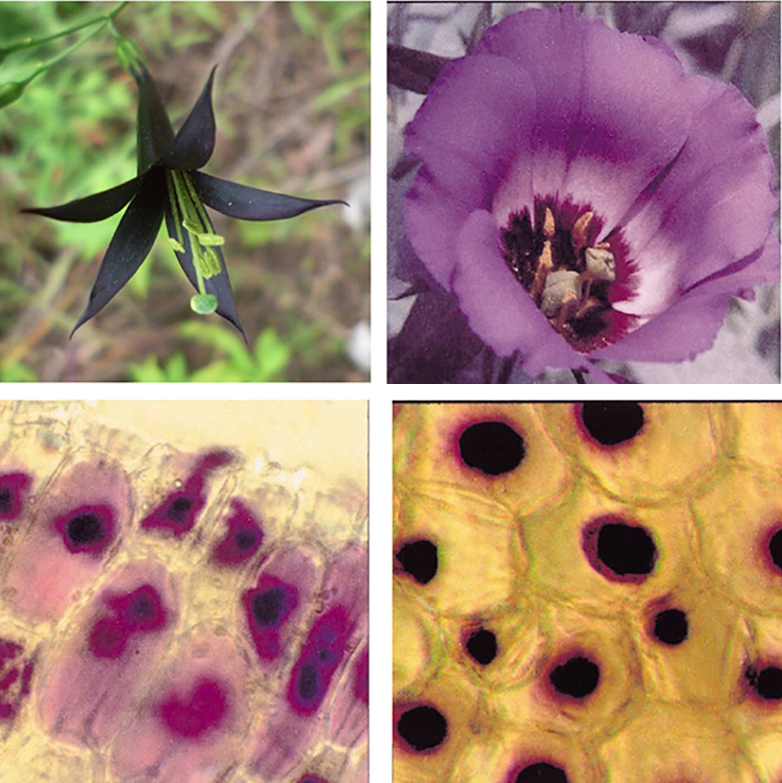New publication on Metabolons and bio-condensates
A new paper by Birger Lindbrg Møller and Tomas Laursen is now published in the journal "Advances in Botanical Research".
Titel: Metabolons and bio-condensates: The essence of plant plasticity and the key elements in development of green production systems
Abstract: An insufficient vocabulary and lack of a proper molecular grammar tends to simplify the exquisite organization of the cellular environment in which plant metabolism is orchestrated. Chaos at the cellular level would not have enabled plants to evolve as the chemists par excellence in nature. Certain molecules such as sugars, amino acids and organic acids, are always present in considerable amounts in plant cells. In the proper stoichiometric ratios, they may form natural deep eutectic solvents (NADES) and thereby provide a third intracellular phase in addition to oil and water. With a negligible vapor pressure and superior ability to solubilize natural products, they may fine tune the localization and activity of enzymes and guide storage of natural products in dense bio-condensates through liquid-liquid phase separation. In the absence of a stringent lipid bilayer border, such dynamic compartments may allow for swift mixing and demixing depending on metabolic demands. In plants, aromatic amino acids serve as precursors of an impressive diversity of bioactive natural compounds including alkaloids, cyanogenic glucosides and phenylpropanoids. This product diversity is largely achieved through combinatorial assembly of sequential enzymes into efficient enzyme complexes, metabolons, that facilitate substrate channeling and dependent on their configuration establish metabolic highways towards formation of specific end products. Based on specific experimental systems, we discuss how new technologies with improved spatial and temporal resolution are now making it possible to study the dynamics of plant metabolism based on metabolon and bio-condensate formation making these substantive words in the glossary.
